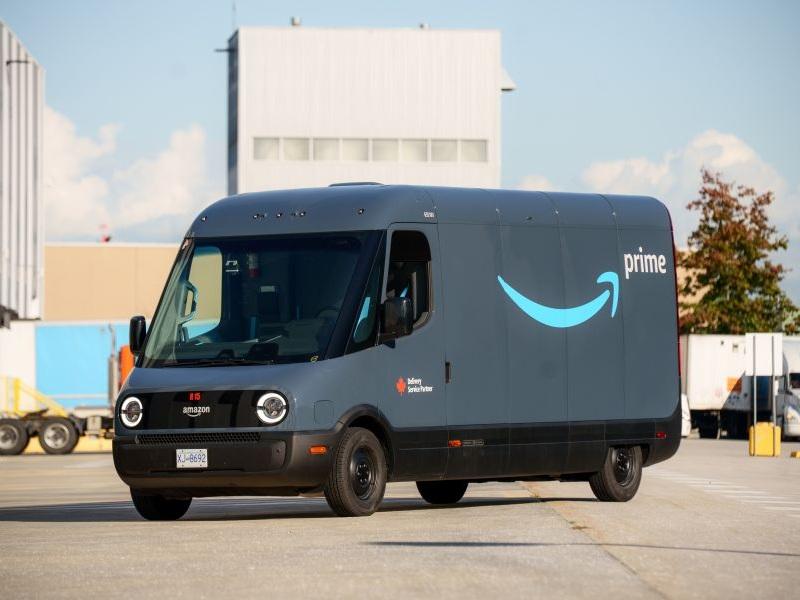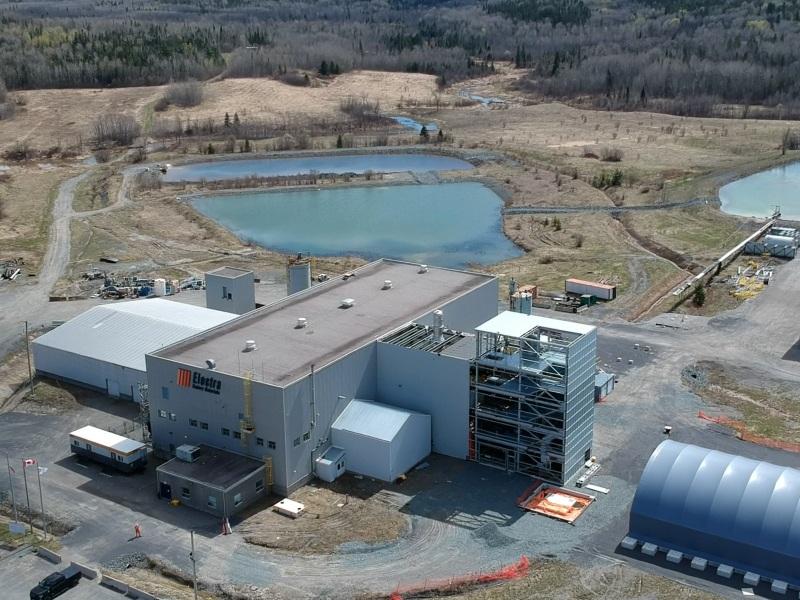
BOMA BEST 4.0, a streamlined version of the sustainable certification standard for existing commercial and multifamily real estate buildings, officially launched on April 18 with a simplified questionnaire and an emphasis on carbon.
Although the requirements vary depending on the asset class, there are now approximately 135 questions in total, compared to the 185 questions in Version 3.0. These will result in a building receiving either a baseline, Bronze, Silver, Gold or Platinum ranking.
The sustainable certification for BOMA BEST can be applied to offices, enclosed shopping centres, open air retail, light industrial, multi-unit residential buildings and health-care facilities. There is also a ‘universal’ asset class.
“The chief changes, and these are very big changes, are (we) completely overhauled the sustainability questionnaire, including the questions, the answers, the points, the levels, all that kind of stuff, with brand new content, brand new organization. (It is) much more streamlined than in the past,” Benjamin Shinewald, BOMA Canada’s president and CEO, told SustainableBiz.
“We call them our baseline standards, as opposed to our best practices, (there are) fewer of those. And a much bigger focus on carbon than in the past, so we have basically a brand new sustainability program.”
BOMA International, founded in 1907, is a federation comprised of 85 local U.S. associations and 17 international affiliates. BOMA Canada has more than 3,100 members representing more than 2.1 billion square feet of space.
The BOMA BEST certification was established in Canada in 2005 and more than 7,000 buildings have received a certification or recertification under the program.
BOMA BEST 4.0
According to Shinewald, there were “maybe 200” stakeholders involved in building the latest version of BOMA BEST.
There are now six main focus areas — energy and carbon, water, indoor air quality and hazards, accessibility and wellness, custodial and waste, and resilience and site — each with their own sub-categories. This is compared to 10 focus areas in the previous version.
The sub-categories are the same across asset classes, but the requirements vary depending on the type of building. Shinewald gave the example of how office buildings differ from multi-unit residential buildings in energy consumption and "100 other things" because businesses tend to use the most power during the peak hours of 9 a.m. to 5 p.m., Monday to Friday.
“An office building tends to have windows that can never be opened, and a multires almost always has windows that can be opened," he continued.
The recertification timeline for both a portfolio and a single building is now five years, whereas it was previously a three-year certification for a single building.
The baseline certification is not about performance — it is more about knowing where a building is at the start of its sustainability process.
“The content is new, the bar has been raised. So the way to get to Platinum is to keep up with the times, keep investing in your people, keep investing in your building, keep investing in your technology, keep investing in your capital planning,” Shinewald said. “If you do all those things you'll get a Platinum at a certain level.”
Version 4.0 also brings with it a "smart buildings" program. Shinewald said this makes it the only program of its kind to assess how smart a building is “using the same approach, the same structure as the sustainable buildings program.”
The smart building focus areas are security and safety, operations and management, network and integration, end-user experience, and reporting and analysis.
Buildings which are already involved in the applications process under Version 3.0 are carried over and have until Sept. 30 to complete the submissions.
BOMA BEST's future
There will also be a healthy buildings program certification, although Shinewald stressed that addition is incomplete.
“I can't tell you what will be in healthy, because we haven't really completed or even begun that process yet,” he said. “But conceptually, at a high level, I can tell you that . . . God willing, we're in the post-COVID era, and things are getting back to normal a bit.
"But there's never been a more higher level of focus and concern and demand by owners, managers, tenants, guests and others, to have healthy considerations at the heart of their experience inside commercial and institutional buildings.”
However, it will be integrated with the other two certification processes, and buildings will be able to pursue all three at once.
Version 4.0 took several years, so any subsequent version would be in a similar timeline. However, Shinewald explained the current version will be evaluated on an annual basis, and there is a possibility the platform as it exists will be evergreen.
“Annually, we will push out updates that reflect all these changes to technology, the expectations, (we’ll) keep talking and listening to our stakeholders,” he said. “So I don't really know yet to be honest, if there will be a 5.0 or if this version will just simply continue to evolve over time.”










